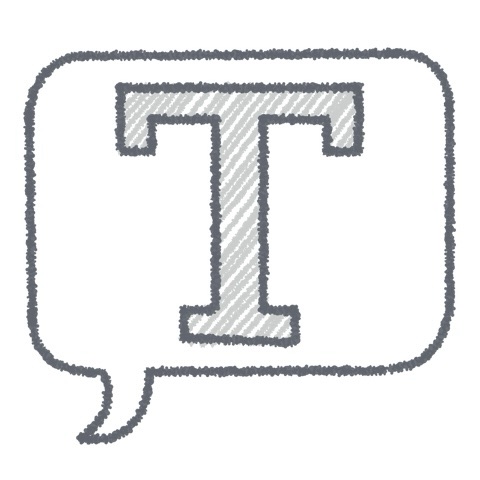Assistive technology is any device, setting, app, or adaptation a person with a disability uses to access digital content.
Keyboard Access
- Keyboard access is required for accessibility—not optional.
- Not everyone uses a mouse or trackpad.
- Screen readers rely on keyboard commands to navigate.
- “Keyboard shortcuts” aren’t just convenient—they’re essential.
- Alternate input devices (e.g., switches, eye gaze) trigger keyboard commands with as little as two buttons.
Types of Assistive Technology by Need
Visual Disabilities
- Screen Reader
- Text-to-Speech
- Magnification / Zoom
- High Contrast Mode
- Text Resize
- Voice Command
Auditory Disabilities
- Captions
- Lip Reading Support
- Sign Language
Motor & Mobility Disabilities
- Voice Command
- Mouth Stick
- Switch Devices
- Eye Gaze
Seizure & Vestibular Disorders
- Pause Buttons
- Flashing Content Warnings
- Autoplay Off Options
Neurodiverse Users
- Focused or Simplified Views
- Responsive Layouts
Dyslexia
- Custom Font Settings
- Text-to-Speech
- Color & Spacing Adjustments
Learning Disabilities
- Plain Language
- Clean, Minimal Layouts
- Consistent Navigation
- Focus Tools (e.g., reading guides)

